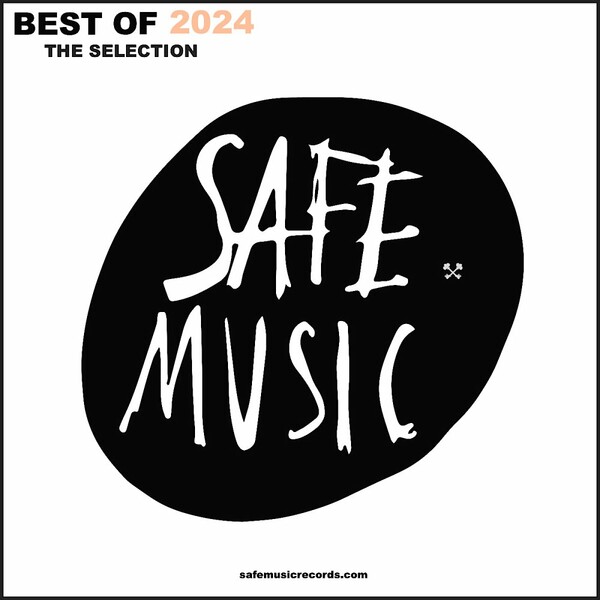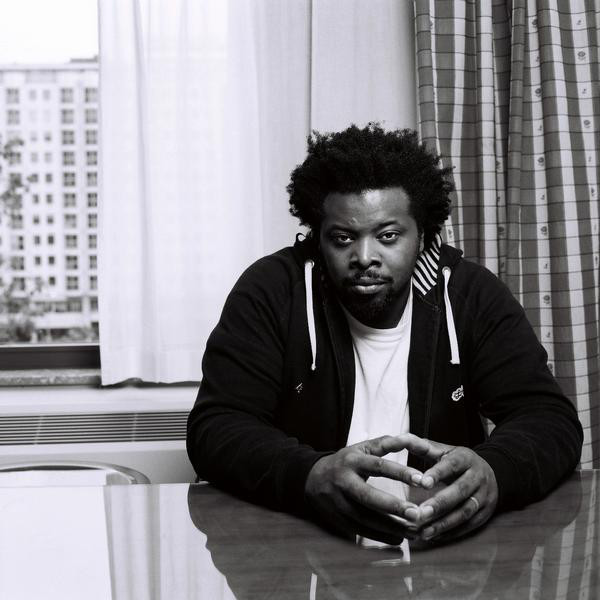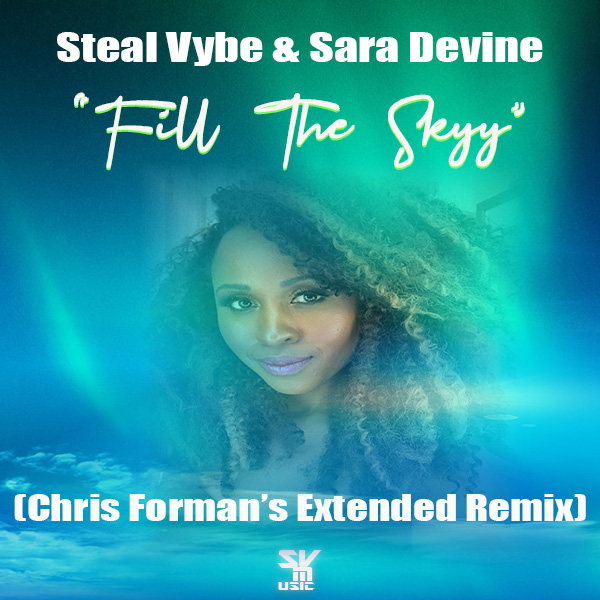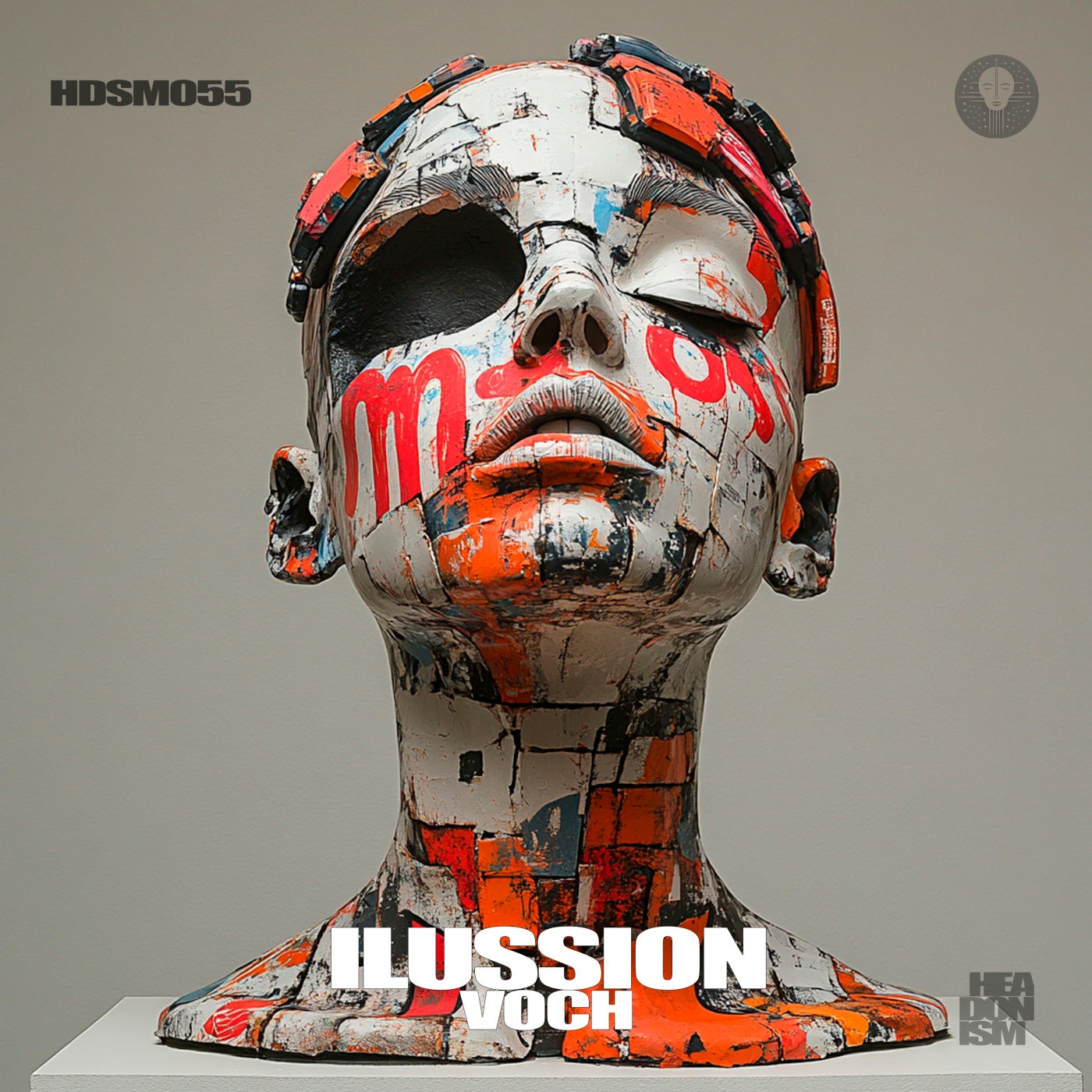In The Number Ones, I’m reviewing every single #1 single in the history of the Billboard Hot 100, starting with the chart’s beginning, in 1958, and working my way up into the present. Book Bonus Beat: The Number Ones: Twenty Chart-Topping Hits That Reveal the History of Pop Music.
Bruno Mars is a machine. I mean that in the figurative sense. Probably. If we eventually learn that Bruno Mars is a liquid metal terminator who’s been sent back in time to make catchy retro hits, I’ll be surprised, but I won’t be shocked. Mars has been ridiculously famous and successful for more than 15 years, and I don’t really know much more about him than I did when he sang the hook on B.o.B.’s “Nothin’ On You.” He doesn’t really look any different, either. Sometimes, his hair will get a little poofier. Sometimes, he’ll have a little pencil-thin mustache or a slight wardrobe change. But the ravages of time seemingly do not affect Bruno Mars. Little things like artistic development don’t really figure in much, either.
Most pop stars want us to know everything about them. They want to establish elaborate universes and hide little hints about future projects in music-video Easter eggs. They have feuds or friendships or romances with other pop stars. They change up styles to fit the zeitgeist, or sometimes to drive the zeitgeist. They fall off, and sometimes they come back again. None of this applies to Bruno Mars. He’s got a slick, shiny retro-pop sensibility. He’ll tweak it or fine-tune it, but that really only means that he’ll look to different eras for inspiration. He’ll disappear for years at a time, but he won’t be gone. He’ll just be off on fabulously lucrative global tours or playing fabulously lucrative Las Vegas residencies. He’ll occasionally collaborate with his pop-star peers, but those link-ups always seem like business transactions rather than twin flames converging. He doesn’t put much music out into the world, but if he’s involved with a song, there’s a very good chance that it’ll be a big hit.
I can’t say that I’ve ever been a Bruno Mars fan, but as someone who cares about pop music, I must respect the motherfucking craft. With Mars, the motherfucking craft is all you get. There will be no deep personal communication between you and this man. He won’t help you understand any heavy truths about yourself, but he won’t waste your time, either. On the rare occasions that Bruno Mars releases an album, that album will be a sharp, polished, painstakingly precise piece of party music, and it won’t last much longer than half an hour. As I write this, it’s been a long time since Bruno Mars released a solo album, and I’d started to wonder whether he still has the juice. I don’t wonder that anymore. He’s got it. As I write this, Mars has two songs in the top 20, and one of them keeps threatening to finally push its way to #1. Bet against this man, or perhaps this liquid metal terminator, at your own peril.
If there was ever a moment when Bruno Mars made something resembling an artistic leap, it probably happened late in 2016, when he dropped 24K Magic, his third solo album. (I guess I could say something similar about the record that followed, but that was more of a side-project thing. And anyway, that one turned out to be huge, too.) Mars’ first two albums were genre-agnostic showcases of pure pop songwriting. With 24K Magic, Mars went for something a little more conceptual. He was coming off of the insane success of “Uptown Funk!,” which was technically a Mark Ronson song but which still stands as the peak star moment for Bruno Mars. He must’ve taken that song’s global-smash status as a green light to dig deep into the funk and R&B of the ’80s and ’90s.
At first, it seemed like it might not work. The first single was merely huge rather than colossal. It was the first time that the lead single from a Bruno Mars album didn’t go all the way to #1. The second single started off relatively slowly, but it stuck around for a long time and steadily floated its way to #1 for a single week. Bruno Mars did not have to suffer the indignity of releasing an album without a pop chart-topper. I’m sure he wasn’t sweating it. I’m not convinced that he can sweat.
If you were working on 24K Magic, you could not wear sweatpants to the studio. This is somehow both the most human and least human thing that I have learned about Bruno Mars while researching this column. The studio had a dress code. This is not usually the case. Usually, when musicians are recording, they show up wearing whatever. It’s one of those rare moments that pop stars and their entourages are typically not in the public eye, and they often like to take advantage. Not Bruno Mars. You had to look fly if you were working on this record. If you looked fly, you would feel fly. If you felt fly, then you would make fly music. I get it. I understand.
Bruno Mars told Billboard, “I made it a point: I’m showing up to the studio, we working, but I’m not showing up in sweats ’cause you’re going to get what sweats sounds like… so I’m going to wear every jewelry piece I collected, and my finest shoes, and write some songs. It just helped keep the motion [going].” I find that charming, to the point where I feel a tiny bit bad that I am writing this column in bummy clothes. (If Bruno Mars is reading this column, he should rest assured that I still look great in bummy clothes and that I am currently wearing a gold chain, if only because it’s a pain in the ass to take it off and put it back on. Those little clasps are tricky.) Bruno Mars was on a mission. He wanted to make the world dance. To accomplish that mission, he would leave nothing to chance.
In that Billboard story, Mars tried to claim that his bosses at Atlantic Records were reluctant to embrace his new sonic direction: “I remember the label was iffy when they heard it, and I was like, ‘Trust me, there’s a whole vision behind this.’ Thank God they trust me.” Bullshit. Bulllllll-shit. If there is any pop star who has never given his label bosses any reason to worry, it’s Bruno Mars. Mars is not the type to get into a rap feud and then sue his own label when he loses. He’s the type to not get into a rap feud and then sue his own label when he loses. He’s a professional — a professional with a dress code.
In 2016, Bruno Mars was a professional with a dress code and with “Uptown Funk!” still fresh in the collective memory. He wasn’t rushing another album. 24K Magic didn’t come out until four years after Unorthodox Jukebox, his previous one. Production was delayed a little so that Mars could play his second Super Bowl Halftime Show in three years. Evidently, the people at the NFL didn’t think a Coldplay set would be enough unless they could get “Uptown Funk!” (and also Beyoncé) in there.
The album probably took a little longer, too, because the group of musicians around Mars was changing. In 2015, Mars effectively dissolved the Smeezingtons, the songwriting and production trio that he’d started before getting famous. He kept working with fellow Smeezington Phillip Lawrence, but he replaced Ari Levine with Christopher “Brody” Brown, a Compton native who’d gotten his start playing with the R&B singer Bobby Valentino as a teenager. Brody Brown was part of Bruno Mars’ inner circle from the time that Mars was still writing and producing hits for other artists, before he blew up. When the Smeezingtons were done, Mars started a new trio — himself, Lawrence, and Brown — and called it Shampoo Press & Curl. That’s not a great name, but at least it’s better than “the Smeezingtons.”
Bruno Mars and his Shampoo Press & Curl guys weren’t the only ones dressed up fly in the studio for the 24K Magic songwriting and recording sessions. They also brought in some trusted colleagues. One of them was James Fauntleroy, an Inglewood-born singer and songwriter who’s made plenty of solo records but who’s had more success writing and singing hooks on other people’s tracks. Fauntleroy got his start writing for singers in the American Idol system, and he co-wrote Idol winner Jordin Sparks’ 2008 Chris Brown duet “No Air,” which peaked at #3. (It’s an 8.) From there, Fauntleroy worked with people like Timbaland, Brandy, and Rihanna, and he was one of Justin Timberlake’s main collaborators on his 20/20 Experience albums. He’s on a few of Kendrick Lamar’s To Pimp A Butterfly tracks, and he’s all over 24K Magic. (Fauntleroy doesn’t have any Hot 100 hits as lead artist, but he’s featured alongside Jay-Z and Nas on DJ Khaled’s “Sorry Not Sorry,” which peaked at #30 in 2021. Khaled will appear in this column very soon.)
Another big presence on 24K Magic is the Stereotypes, a writing and production crew that started around the same time as the Smeezingtons. The four guys in the Stereotypes all come from different racial backgrounds, hence the name, and three of them started working together in 2003. One Stereotype, Jeremy Reeves, was working at a Guitar Center before they got started. Jonathan Yip had a job at Interscope. Ray Romulus once worked as a personal assistant for Jermaine Dupri, a producer who’s been in this column a bunch of times. The Stereotypes struggled along for a few years before landing their first hit: “Damaged,” a 2008 single for the Diddy-affiliated reality-TV girl group Danity Kane. (“Damaged” peaked at #10. It’s a 5.)
The Stereotypes went on to work on tracks for people like Justin Bieber and Mary J. Blige. They did a lot of stuff with former Number Ones artists Far East Movement, though they didn’t have anything to do with that group’s one big hit “Like A G6.” Often, the Stereotypes were working on the same projects as Bruno Mars and the Smeezingtons, and they got to know those guys. A fourth Stereotype, Ray Charles McCullough II, joined up in 2012. While Bruno Mars’ career took off, the Stereotypes struggled to land any major hits in America. By the mid-’10s, the Stereotypes’ biggest checks mostly came from their work with K-pop idol groups like Girls’ Generation, Super Junior, and SHINee. In a 2018 New York Times profile, Jonathan Yip said, “Without a doubt, K-pop saved us.” They’re still working with K-pop groups these days.
When Bruno Mars was working on 24K Magic, Jonathan Yip texted him to catch up, and Mars invited the Stereotypes to the studio. The Stereotypes helped Mars finish work on the album’s title track, which was also its first single. The song “24K Magic” is very much in the “Uptown Funk!” mold, possibly to its detriment. It still goes hard, though — a talkbox-heavy, ’80s-style synth-funk bounce with deliriously silly fly-life lyrics. Bruno Mars almost raps on “24K Magic,” but his delivery owes more to old-school Kurtis Blow types than to the people who were making actual rap music in 2016. “24K Magic” was a hit, though it wasn’t the world-dominator that Mars might’ve wanted. The song peaked at #4 — great for anyone else, but maybe not for the first single from a Bruno Mars album.
Bruno Mars liked the Stereotypes’ work on “24K Magic” so much that he invited them to work on a bunch of other tracks for the album. One of them was “That’s What I Like,” which was already coming along. In its own way, “That’s What I Like” is just as silly as “24K Magic.” It’s a sleek mid-tempo seduction track where Mars promises you the finer things in life if you mess around with him. There’s no real emotion on “That’s What I Like” beyond the flirty excitement of enjoying luxury goods together. Oh, you’re into gold jewelry shining so bright? Champagne strawberry on ice? Lucky for you, Bruno Mars appreciates those exact same things. He’s not lavishing you with that stuff because he’s forever devoted to you and he wants to see you happy. He knows that you deserve those things, and he wants to enjoy them together. He wants to give you this stuff because that’s what he wants to do. In the song, “sex by the fire at night” almost sounds like a luxury good itself. It’s just part of the dance.
The lyrics for “That’s What I Like” resemble the shopping list for a playboy with unlimited means: a condo in Manhattan, a beach house in Miami, trips to Puerto Rico, white diamonds, Cadillacs, lobster tails. You say you want a good time? Well, here he is, baby. On “Uptown Funk!,” Mars whistled for someone named Julio to get his stretch limo. But the presumably-fictional Julio isn’t just a chauffeur; on “That’s What I Like,” Mars instructs him to serve that scampi. Perhaps we can assume that Julio is Mars’ all-purpose manservant, like Morris Day’s guy Jerome in Purple Rain. In fact, Mars’ whole thing, especially on 24K Magic, seems to be the real-life version of Morris Day, as depicted in Purple Rain, but just without the psychotic competitiveness that turns him into Prince’s arch-enemy. One can only hope that Mars never got Julio to throw a lady into a dumpster.
“That’s What I Like” has eight credited songwriters: Bruno Mars and his Shampoo Press & Curl colleagues, all four Stereotypes, and James Fauntleroy. The Stereotypes co-produced the track with Shampoo Press & Curl, and the say that they helped give the song its bounce. There’s a lot of bounce on the track. It’s a total pastiche of late-’80s and early-’90s R&B, with some of the twitchy old-school California computer-funk that I associate with guys like Zapp and DJ Quik. As pastiche, it’s immaculate. The synths whine just right. The drums hit with real force. Mars’ voice glides effortlessly over everything, doing a quasi-rap speak-sing thing on the verses and then sliding right into the creamy melodies of the chorus.
Bruno Mars never goes for the churchy sincerity of the R&B singers that he clearly loves, since churchy sincerity is not his thing. Instead, he makes all his promises with shallow, self-satisfied confidence. To me, the clearest pickup-line ancestor to “That’s What I Like” is “Sensitivity,” an absolute banger that the former New Edition member Ralph Tresvant released in 1990. (“Sensitivity” peaked at #4. It’s a 9.) But Bruno Mars would never claim to be a man with sensitivity. He’s just a man with a lot of very nice things. Maybe that’s why I think “That’s What I Like” sounds a little slight — an expert work of writing and production that ultimately just doesn’t have that much character.
“That’s What I Like” accomplishes the cool trick of updating a classic, out-of-vogue sound and bringing it back into the spotlight, which is not nothing. With its hi-hats and its exuberant ad-libs, “That’s What I Like” at least winks and points finger-guns in the direction of Atlanta trap without going so far as to ride that wave. As a result, it can fit into the playlists of tons of different radio formats, and I’m never sorry to hear it. But I never feel much emotional attachment to the track, either. It’s that classic Bruno Mars thing — a song that I can admire without ever quite loving.
I do love the video, though. Bruno Mars co-directed the clip for “That’s What I Like” with Jonathan Lia, and its simplicity is perfect. Most of the video is just a single static shot, with Mars dancing and lip-syncing against a plain blue-grey background. But it’s Mars dancing and lip-syncing to the song at half-speed. When it’s sped back up again, he moves with a jerky precision that’s both weird and fun. All around him, little hand-drawn animations depict whatever he’s singing about, and he interacts with those animations like the humans in Who Framed Roger Rabbit?; I really like the donkey pulling him across the beach in Puerto Rico. When the camera finally starts to cut, it’s on the bridge, allowing Mars to do the classic R&B-video testifying-in-the-rain trope without actually getting wet.
Bruno Mars released “That’s What I Like” as a single in January 2017, and the video came out in March. Later on, he dropped remixes with guys like Gucci Mane and PartyNextDoor, two artists who have appeared as supporting figures in recent columns. Mars also gave the song a big boost by performing it at the Grammys in February, doing a sleek, entertaining, choreography-heavy version with a serious display of vocal firepower at the end.
For months, “That’s What I Like” was up near the #1 spot, and when Ed Sheeran’s “Shape Of You” and Kendrick Lamar’s “Humble” slipped from the top spot, “That’s What I Like” was right there. The one week that “That’s What I Like” topped the Hot 100, “Humble” had the most streams and downloads, and “Shape Of You” had the most radio play. But “That’s What I Like” had the right combination of those factors, and it got its moment on top. “That’s What I Like” went diamond in 2021 — it’s one of many diamond Bruno Mars singles — and the 24K Magic album is now triple platinum.
Bruno Mars had more hits on deck. The twinkling slow-jam “Versace On The Floor” — really good song — only made it to #33. Early in 2018, though, Mars dropped a remix of the clattering new jack swing slap “Finesse,” adding an appearance from ascendant rap star and future Number Ones subject Cardi B. That song works so well, and the video, shot on a reconstructed version of the In Living Color set, is a pure nostalgia-bomb for people in my exact age demographic. My theory on Bruno Mars is that he’s such a good mimic that you’ll like one of his songs if you like the thing that he’s reinterpreting. I love new jack swing, and “Finesse” is my favorite song that Bruno Mars has ever made. (With Cardi added to the mix, “Finesse” peaked at #3. It’s a 9.)
A year after Bruno Mars sang “That’s What I Like” at the Grammys, he swept the show’s major categories. 24K Magic defeated Kendrick Lamar’s Damn, Lorde’s Melodrama, Jay-Z’s 4:44, and Childish Gambino’s Awaken, My Love! — classic Grammy bullshit. 24K Magic is a very good record, but given that it’s easily the most lightweight of those nominees, its victory caused a predictable backlash. As Grammy voters have shown us again, they prefer old-school craft to energy or importance or anything that might actually engage with its moment, and Bruno Mars has old-school craft for days. The 24K Magic title track won Record Of The Year, while “That’s What I Like” took home Song Of The Year. “That’s What I Like” also won Best R&B Song and Best R&B Performance, which raised questions: Is it an R&B song? Is Bruno Mars stealing from Black culture and reaping the rewards from a racist establishment? Mars was smart enough not to engage with any of those conversations. He just kept making music, and most of the frustration was justifiably directed at the Grammys rather than at him.
Later in 2018, Bruno Mars appeared alongside Gucci Mane and Kodak Black on “Wake Up In The Sky,” the song where he comes closest to engaging with Atlanta trap on its own terms. He does pretty well at it. The track peaked at #11. In 2019, Mars did a couple of other songs with fellow stars. On Ed Sheeran’s No.6 Collaborations Project, Mars and burly country guy Chris Stapleton appear on “Blow,” a Lenny Kravitz-style riff-rocker that I truly cannot stand. Fortunately, that one only reached #60. Mars also got back together with Cardi B for “Please Me,” a one-off single that reached #3. (It’s a 7.) Given that both Bruno Mars and Cardi B like to go for very, very long stretches without releasing full-lengths, that single still has never appeared on an album.
As it happens, there have been no Bruno Mars solo albums since 24K Magic, which came out eight years ago. That’s a long time! But that doesn’t mean Bruno Mars has been unproductive. In 2021, Mars got together with a friend for a side-project record that dug even deeper into soul history than 24K Magic. Thanks to that project, we’ll see Bruno Mars in this column at least one more time. The machine is still operational.
GRADE: 7/10
BONUS BEATS: Here’s a teenage Sabrina Carpenter singing an acoustic cover of “That’s What I Like” on Ryan Seacrest’s radio show in 2017:
(Sabrina Carpenter will eventually appear in this column.)
The Number Ones: Twenty Chart-Topping Hits That Reveal The History Of Pop Music is out now via Hachette Books. You deserve it, baby, you deserve it all! And I’m gonna give it to you! But only if you buy it.



















 English (US) ·
English (US) ·